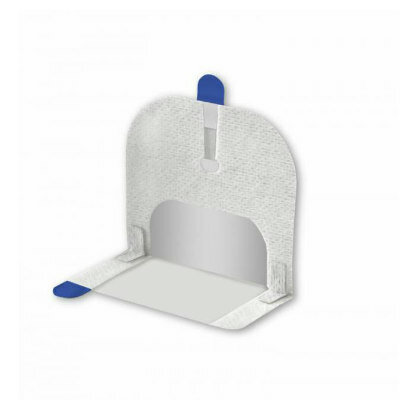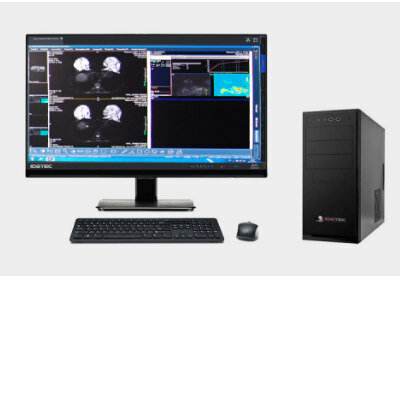Cardiac MRI Use in ER Slashes Costs and Hospital Admissions for Chest Pain Patients
By MedImaging International staff writers
Posted on 03 Aug 2010
New research indicates that chest pain may no longer have to mean a hospital stay--there is another alternative for diagnosing heart-related chest pain that costs less, and in some instances, allows the patient to return home the same day. Posted on 03 Aug 2010
"Every year, millions of people in the United States visit the emergency department [ED] because they are experiencing chest pain,” said Chadwick D. Miller, M.D., M.S., an assistant professor of emergency medicine at Wake Forest University Baptist Medical Center (Winston-Salem, NC, USA), and lead author on the study. "A lot of those people end up being admitted to the hospital unnecessarily. To be able to either provide patients with the reassurance that their chest pain isn't related to a more serious cardiac problem and get them back home within a day, or to diagnose the cardiac problem more quickly and begin treatment, is really satisfying.”
The study was published online in June 2010 and is scheduled to appear in print in an issue of the journal Annals of Emergency Medicine. Dr. Miller explained that almost half of the approximately six million people in the United States yearly who visit the emergency department with possible cardiac-related chest pain are categorized as "non-low risk” upon initial consult, and are therefore admitted to the hospital for further testing and evaluation. This propensity to admit immediately, however, leads to an over-triaging of patients, according to Dr. Miller, because only a very small portion of those admitted patients ultimately experience a serious cardiac event. Current treatment guidelines provide the infrequently used alternative of putting these patients with non-low risk chest pain in an observation unit, where symptoms are monitored closely and care is delivered based on predetermined care pathways, while more invasive diagnostic testing is postponed until needed and there is an intense focus on efficiency.
"The over-triaging and working up of people who don't ultimately have cardiac events leads to a lot of spending--about [US]$10 billion a year,” Dr. Miller said. "That's a big deal. So, we started looking at how we can change the landscape of what is currently happening in the treatment of these patients.”
For the study, researchers randomly assigned 110 ED patients with chest pain to either "usual care,” involving admittance to the hospital, or care in an observation unit. Patients in the usual care group received a range of tests typically utilized for diagnosing chest pain, including cardiac MRI, stress echocardiograms, and cardiac catheterizations. For the patients in the observation unit arm, researchers brought in the use of cardiac MRI to provide diagnostics to an area that typically relies mostly on subjective decision-making by care providers.
Cardiac MRI has been used since the late 1990s at Wake Forest Baptist. Stress cardiac MRI testing has demonstrated to be equally or more accurate than other stress testing options when evaluating individuals with chest pain. However, this test is not typically used in ED patients.
Related Links:
Wake Forest University Baptist Medical Center













